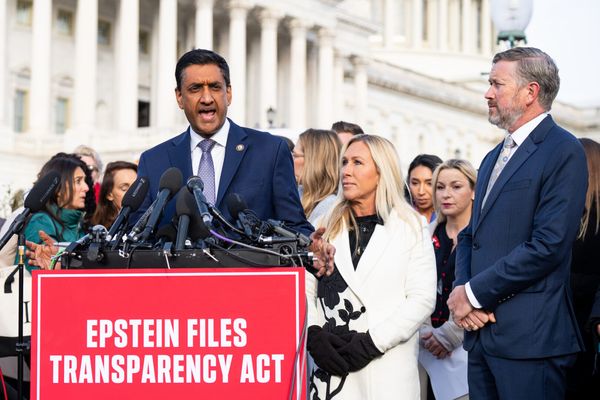Unemployment jumped by almost 100,000 in a quarter as the jobless rate rose faster than expected to its highest level since the pandemic.
Latest figures from the Office for National Statistics (ONS) for the March to May quarter are the starkest sign yet of a rapidly weakening UK jobs market and make it even more likely that the Bank of England will cut interest rates again next month.
The ONS quarterly data showed there were 1.67 million people actively looking for work during the quarter, up 98,000 on the previous three month period.
The 4.7% unemployment rate is the highest since the April to June quarter of 2021 when the UK was emerging from the second long Covid lockdown.
The largest increase was in the health and social work sector, with a rise of 67,000 employees; the largest decrease was in the accommodation and food service activities sector, with a fall of 108,000 employees.
The latest figures cover the period that included the start of higher employer National Insurance contributions, which many companies have said will lead them to cut jobs or postpone recruitment.
Other indicators also pointed to much tough conditions in the jobs market. Early estimates of the number of payrolled employees in June 2025 suggest they are down by 178,000 on the year, and by 41,000 on the month, to 30.3 million.
The largest increase was in the health and social work sector, with a rise of 67,000 employees; the largest decrease was in the hospitality sector, with a fall of 108,000 employees.
London suffered the biggest fall in payrolled employees of any region with a 1.8% decrease.
The number of vacancies also fell sharply down by 56,000 in the April to June quarter, to 727,000. It was the 36th consecutive period where vacancy numbers have dropped compared with the previous three months,.
Average earnings excluding bonuses rose by 5%, with 5.5% for public sector employees and 4.9% for the private sector.
In real terms, adjusted for inflation regular pay rose by 1.1%.
ONS director of economic statistics Liz McKeown said: “The labour market continues to weaken, with the number of employees on payroll falling again, though revised tax data shows the decline in recent months is less pronounced than previously estimated.
“Pay growth fell again in both cash and real terms, but both measures remain relatively strong by historic standards.
“The number of job vacancies is still falling and has now been dropping continuously for three years.”
Professor Joe Nellis economic adviser at accountancy firm MHA, said: “As a second critical Autumn Budget creeps ever closer into focus, businesses are slowing down recruitment as they await details of the Chancellor’s fiscal decisions and how they will impact their operations.
“Over the long-term, we are seeing a gradual softening of the labour market, with job vacancies continuing to decrease and now consistently below pre-pandemic levels. We are not yet seeing a jobs crisis, but employers are becoming more risk-averse — we can expect unemployment to nudge up again to 4.8% by the end of the year.”
Suren Thiru, economics director at accountancy body ICEAW, said: “The UK labour market is looking increasingly fragile with rising unemployment and plummeting job vacancies pointing to more businesses slashing hiring activity as ‘awful April’s’ substantial spike in costs begin to bite.
“Slowing wage growth suggests that skyrocketing employment costs and tougher economic conditions are a growing drag anchor on pay settlements, more than offsetting the upward pressure from April’s national minimum wage increase.
“The UK’s jobs market has hit a rough patch with spiralling business costs and a wilting economy likely to mean moderately more job losses and reductions in other employment related costs, including staff training and pay awards.
“These dispiriting figures probably seals the deal on an August interest rate cut as it will fuel fears among rate setters over the health of the economy, regardless of June’s hotter than expected inflation.”







